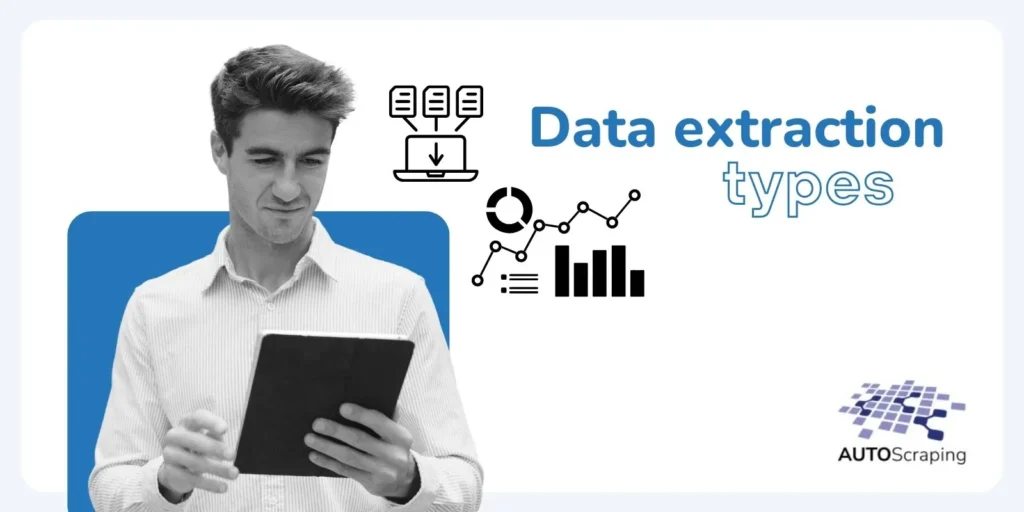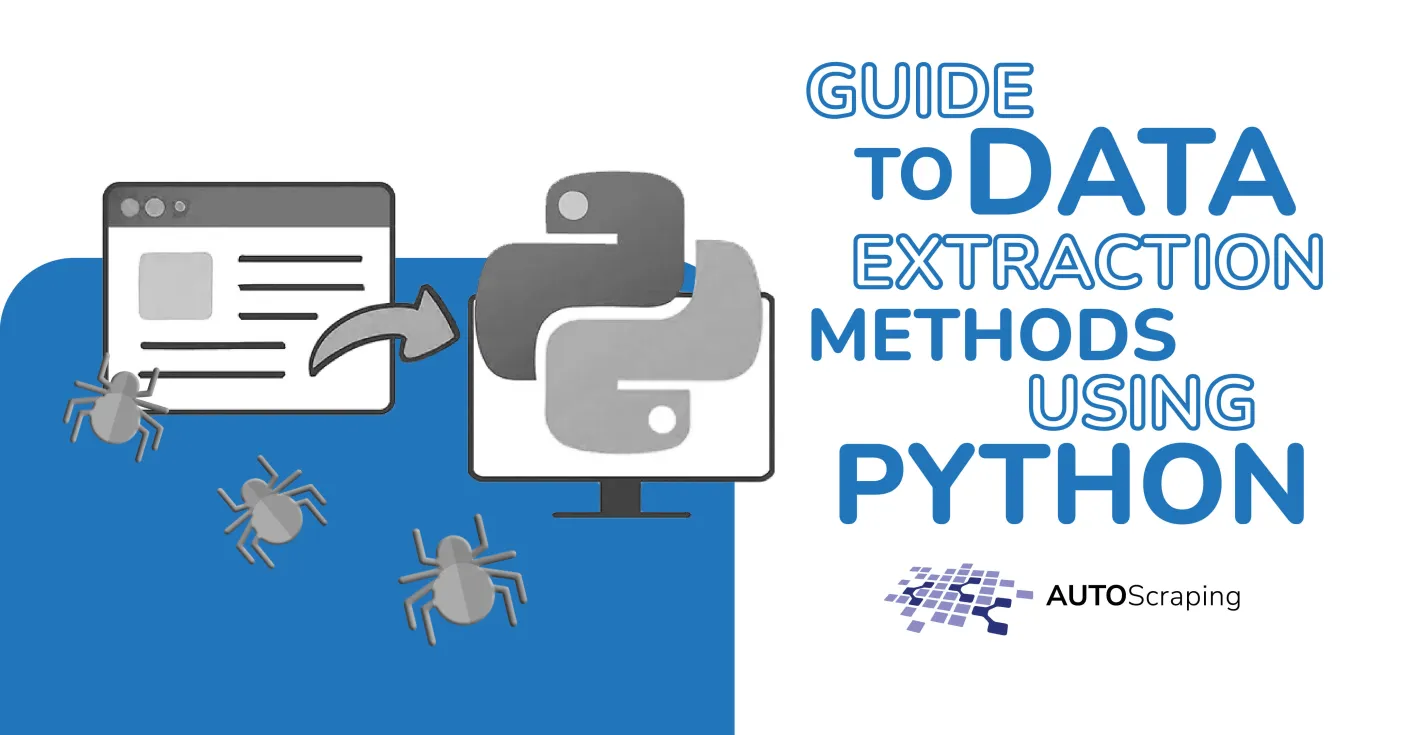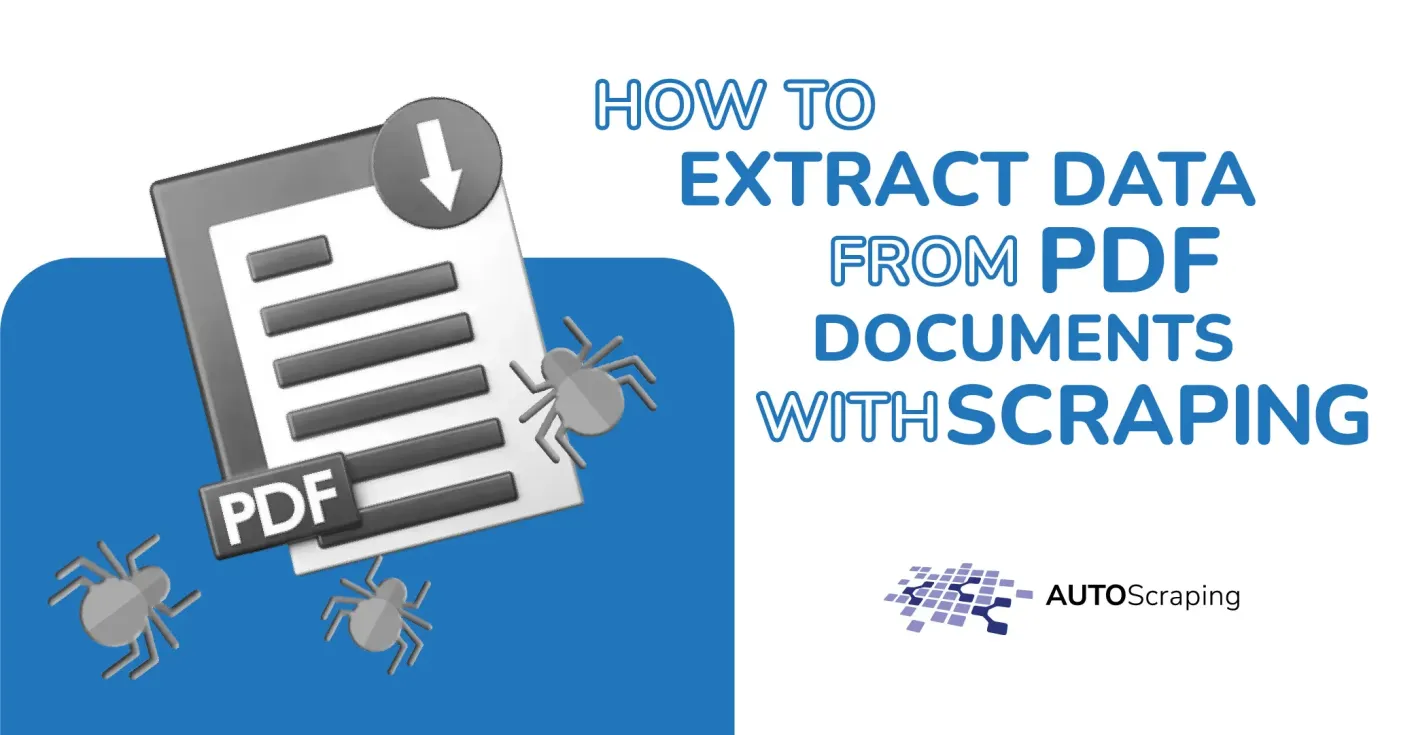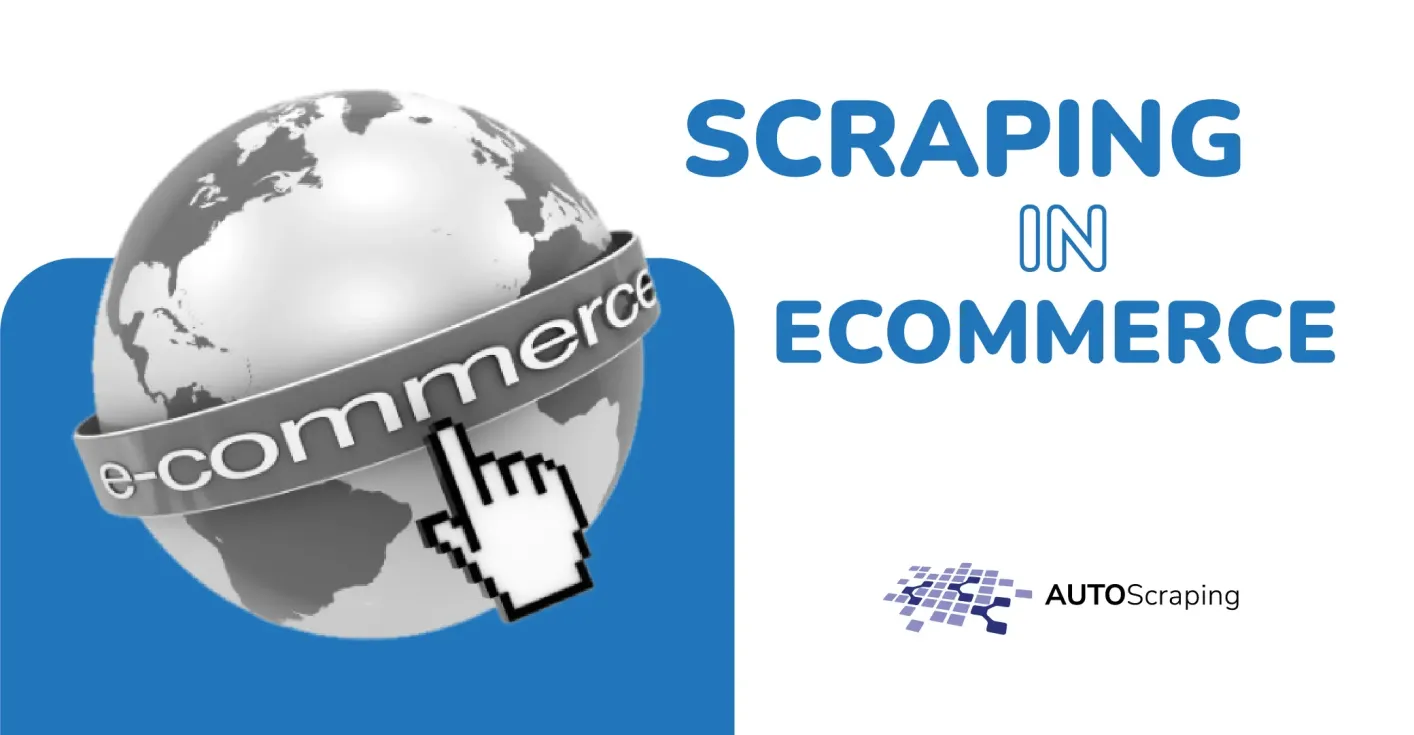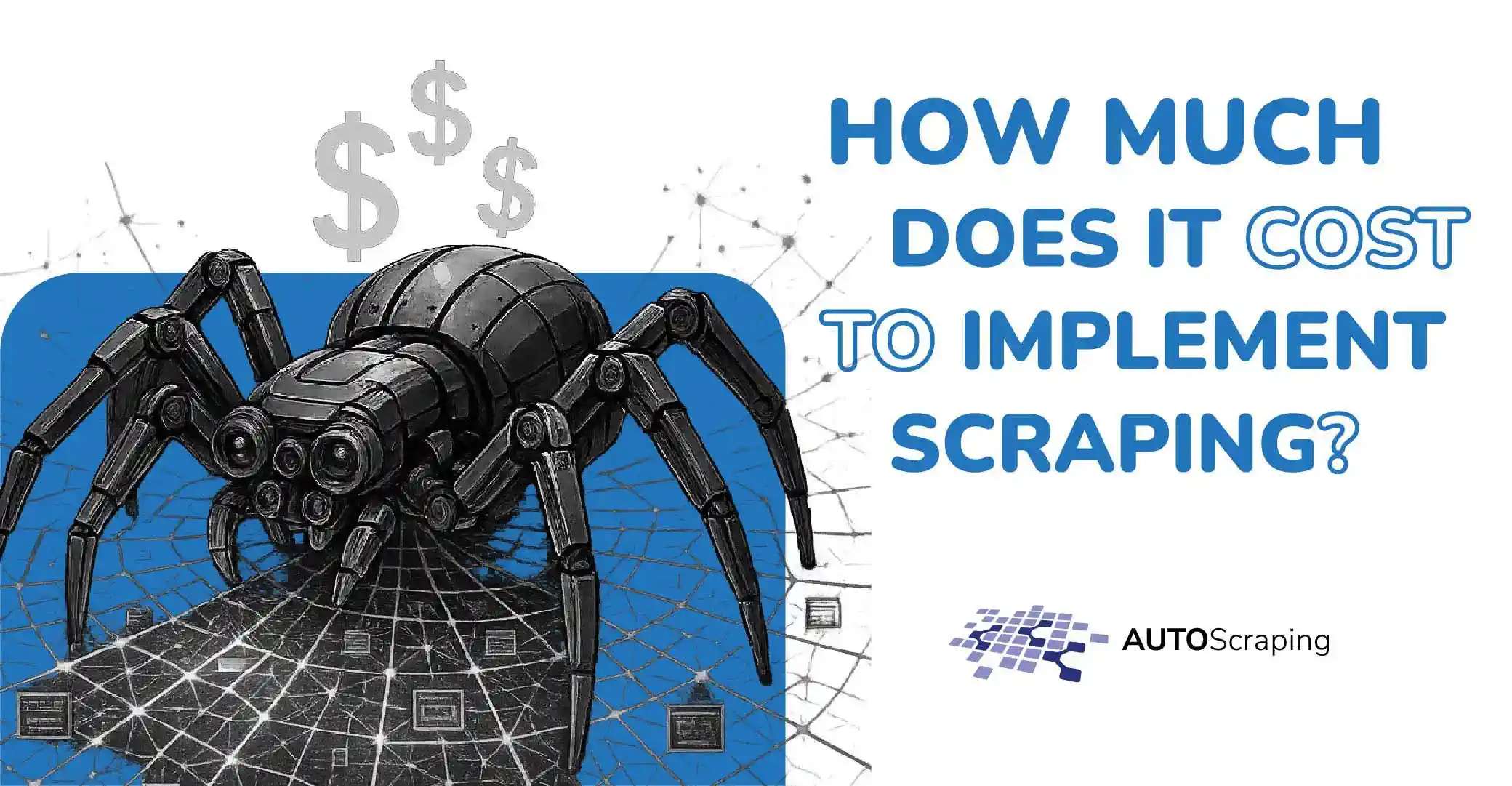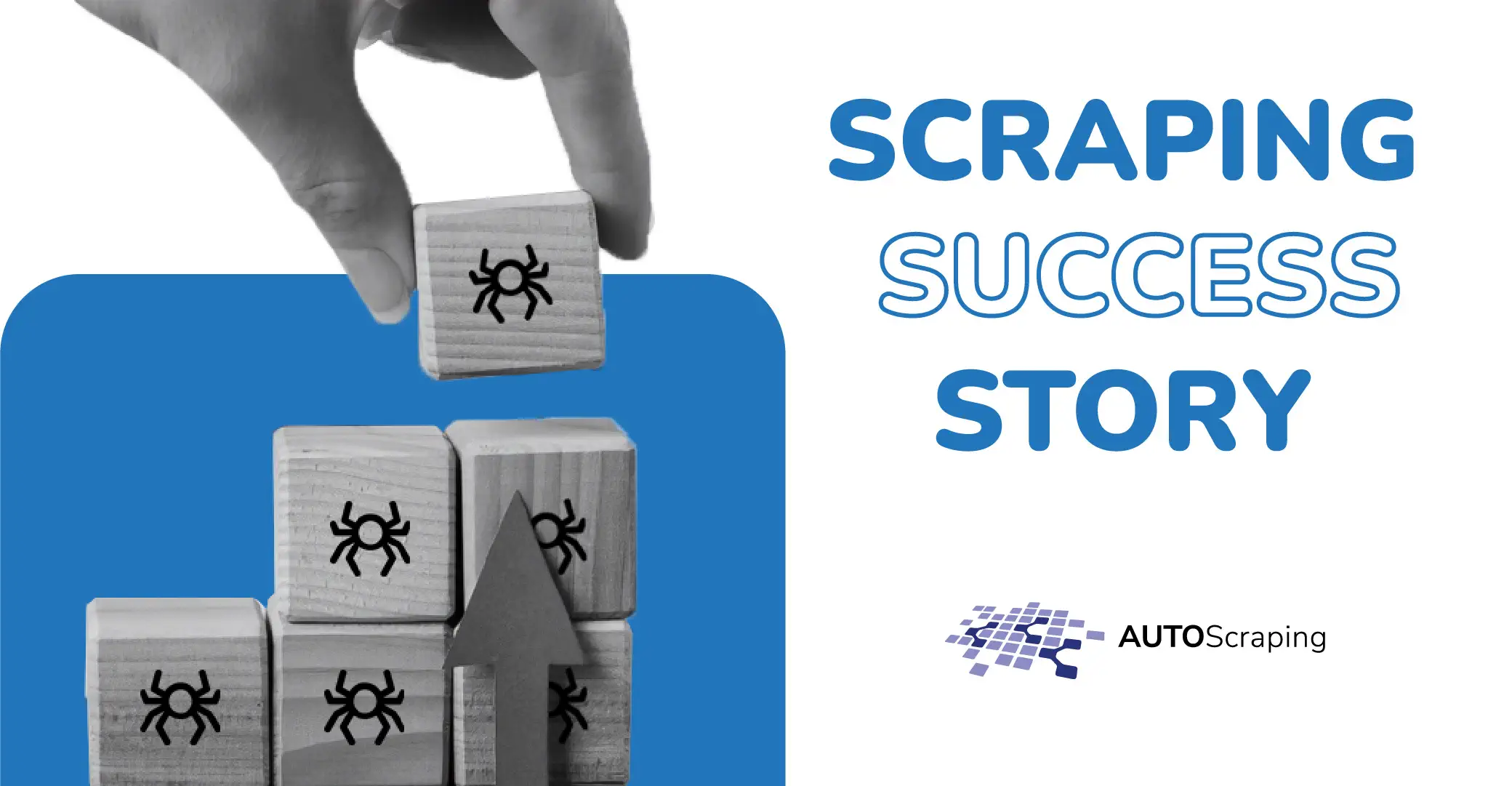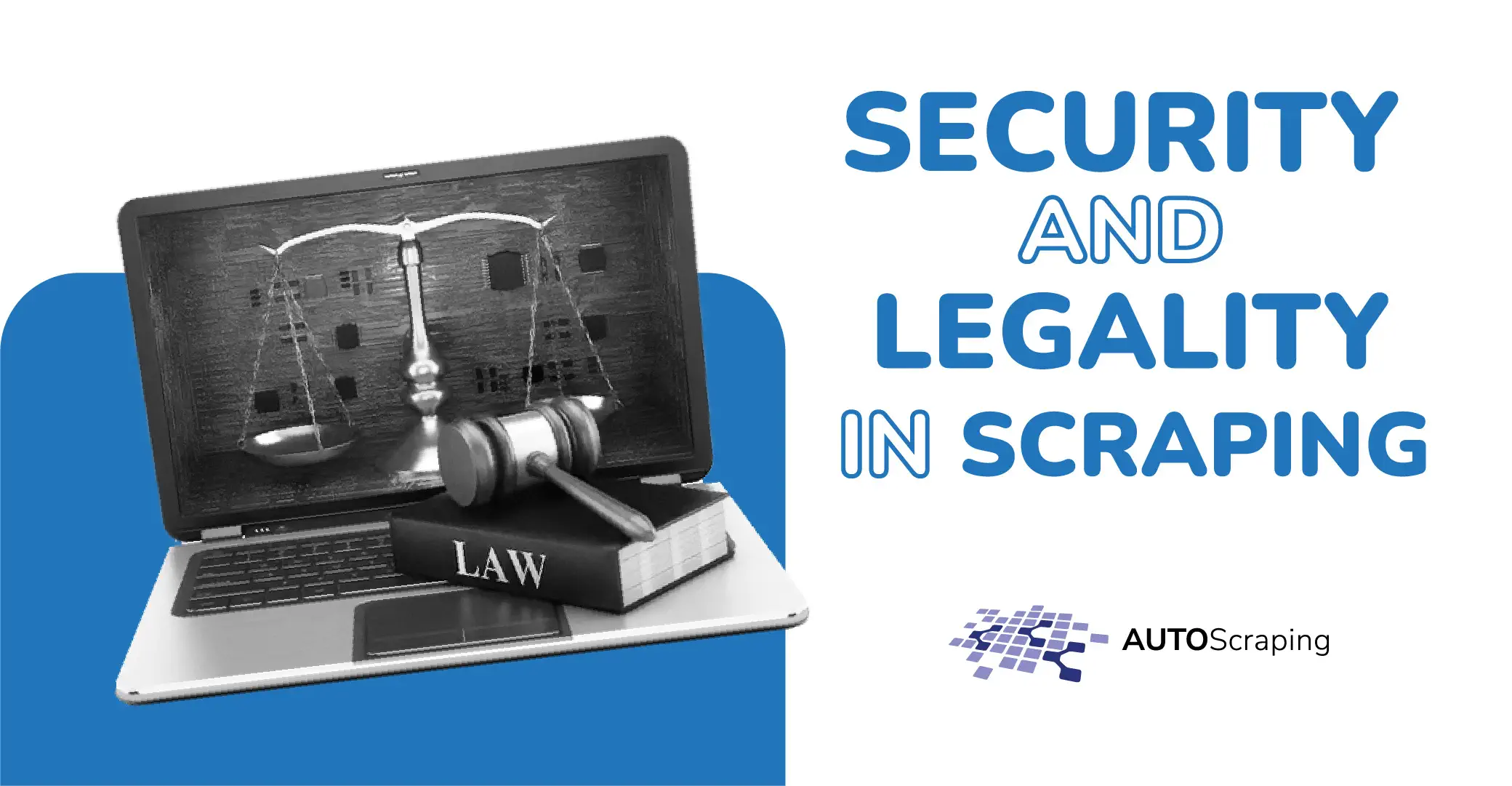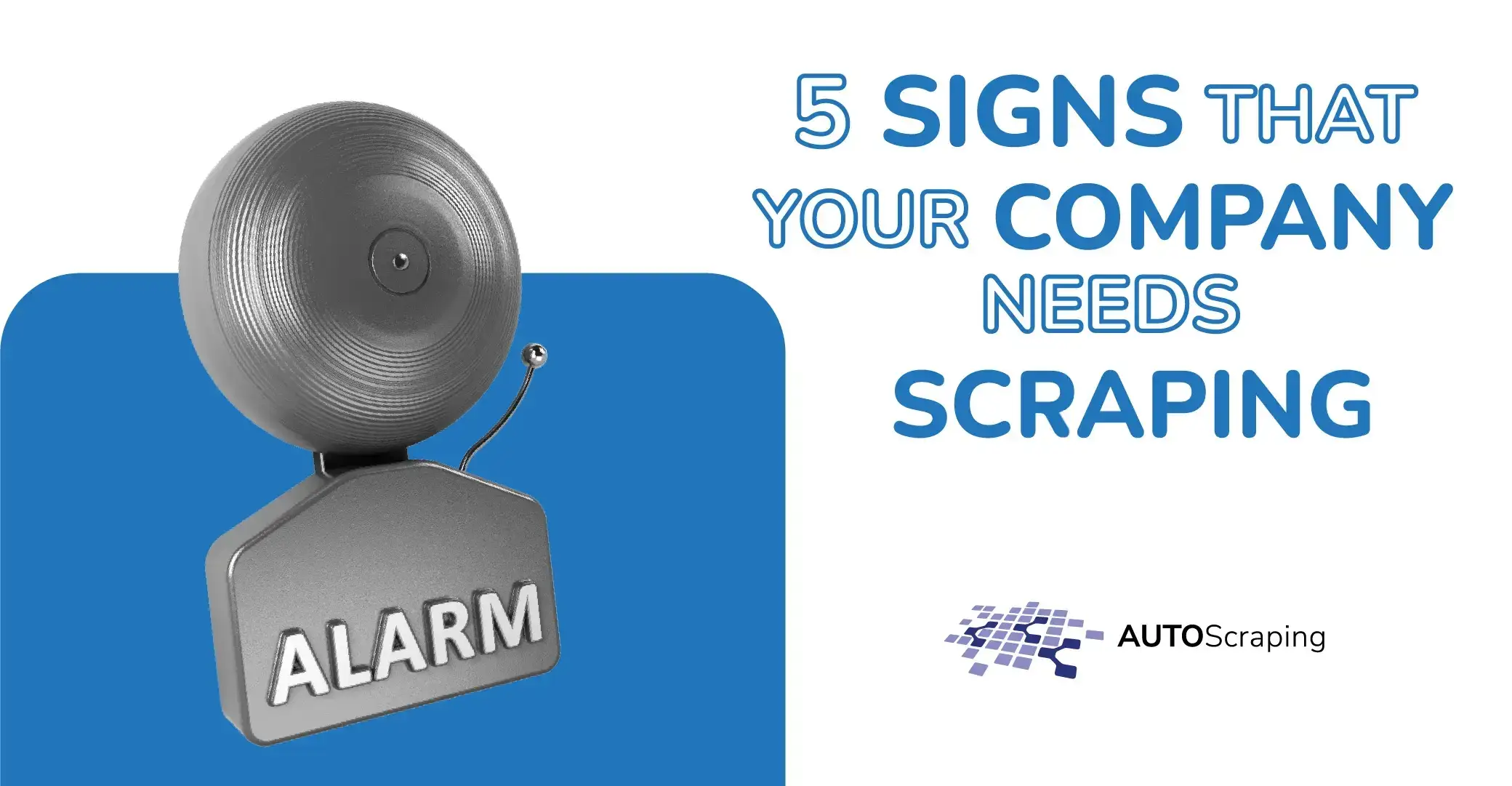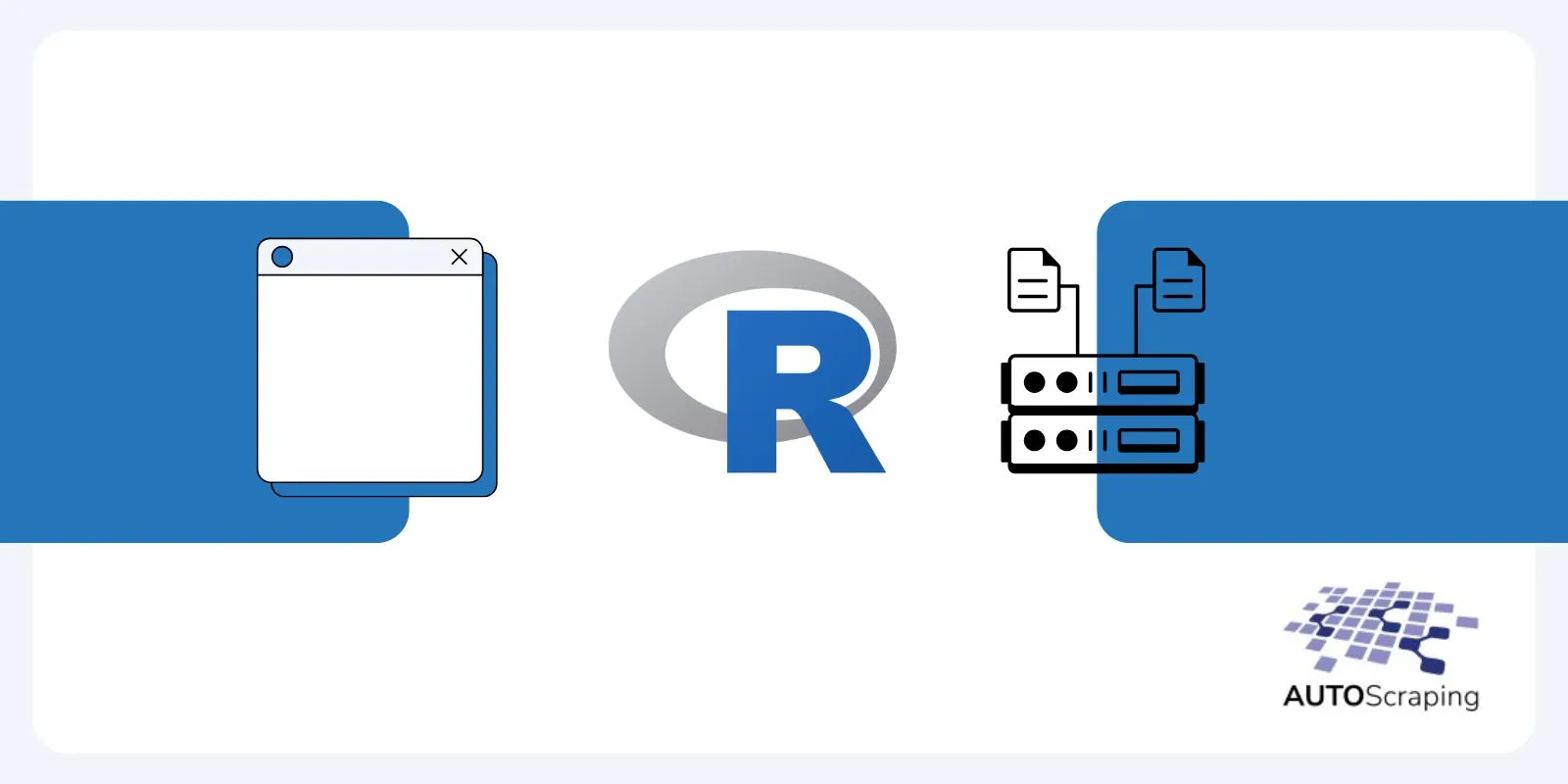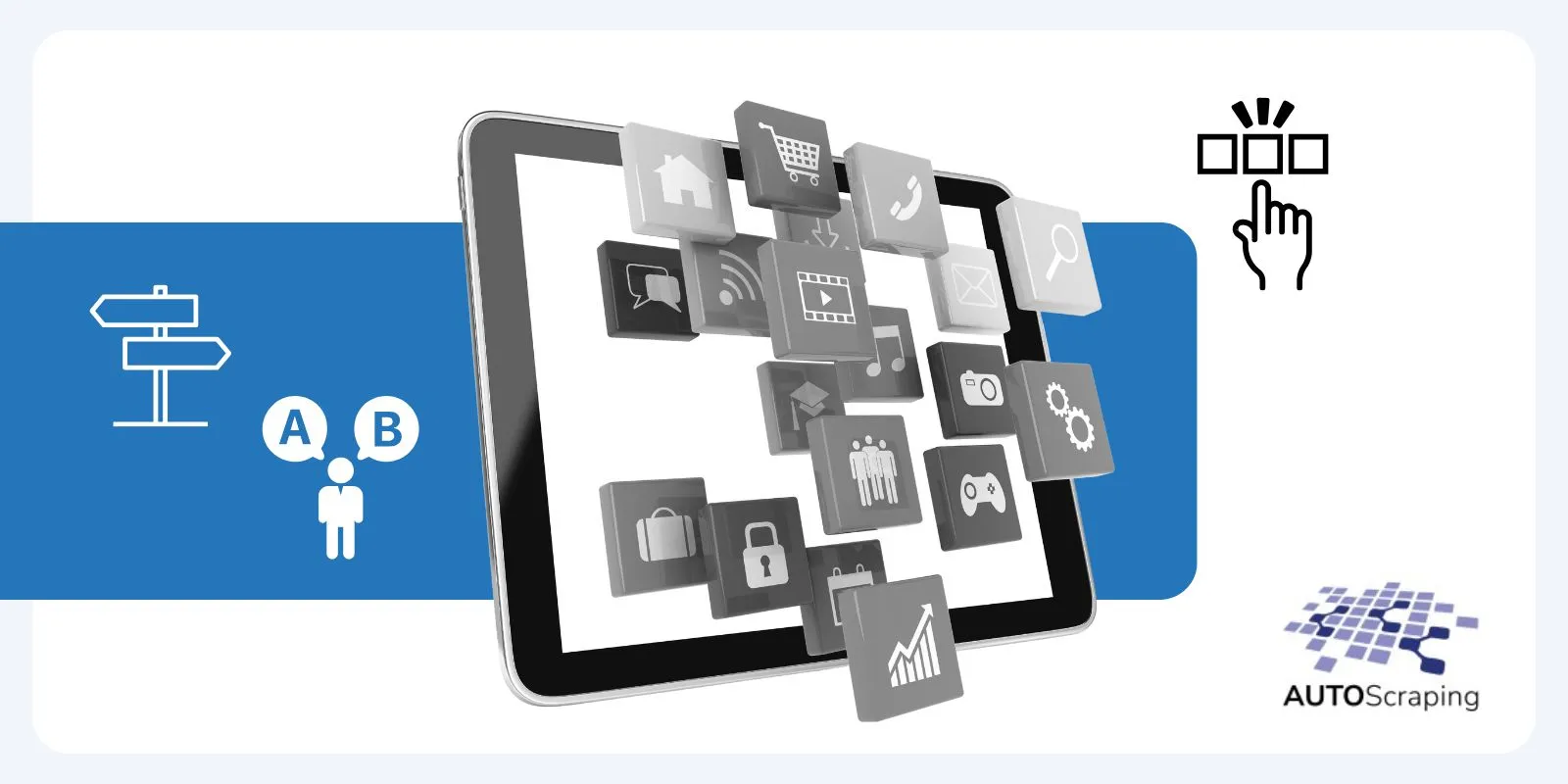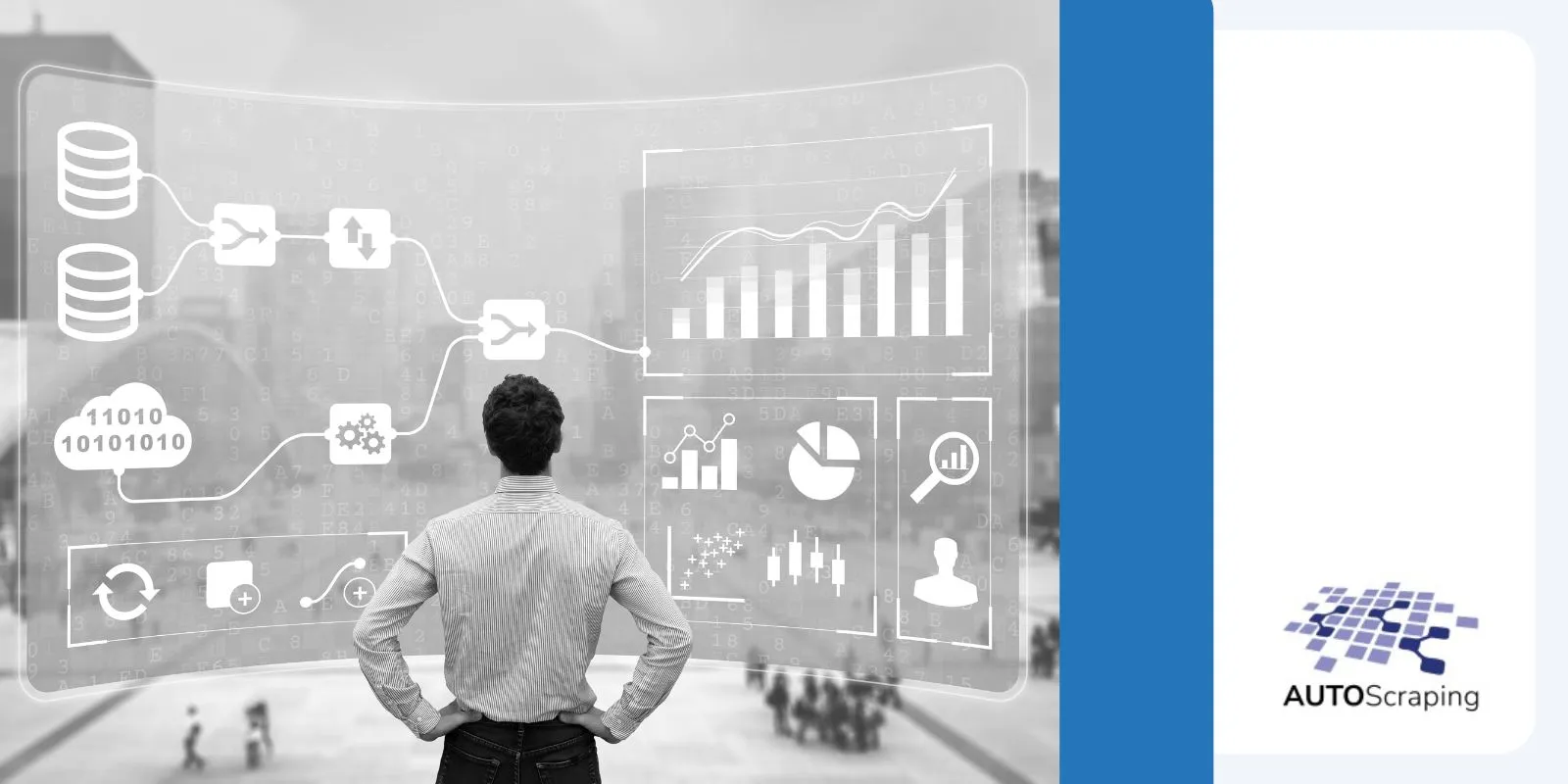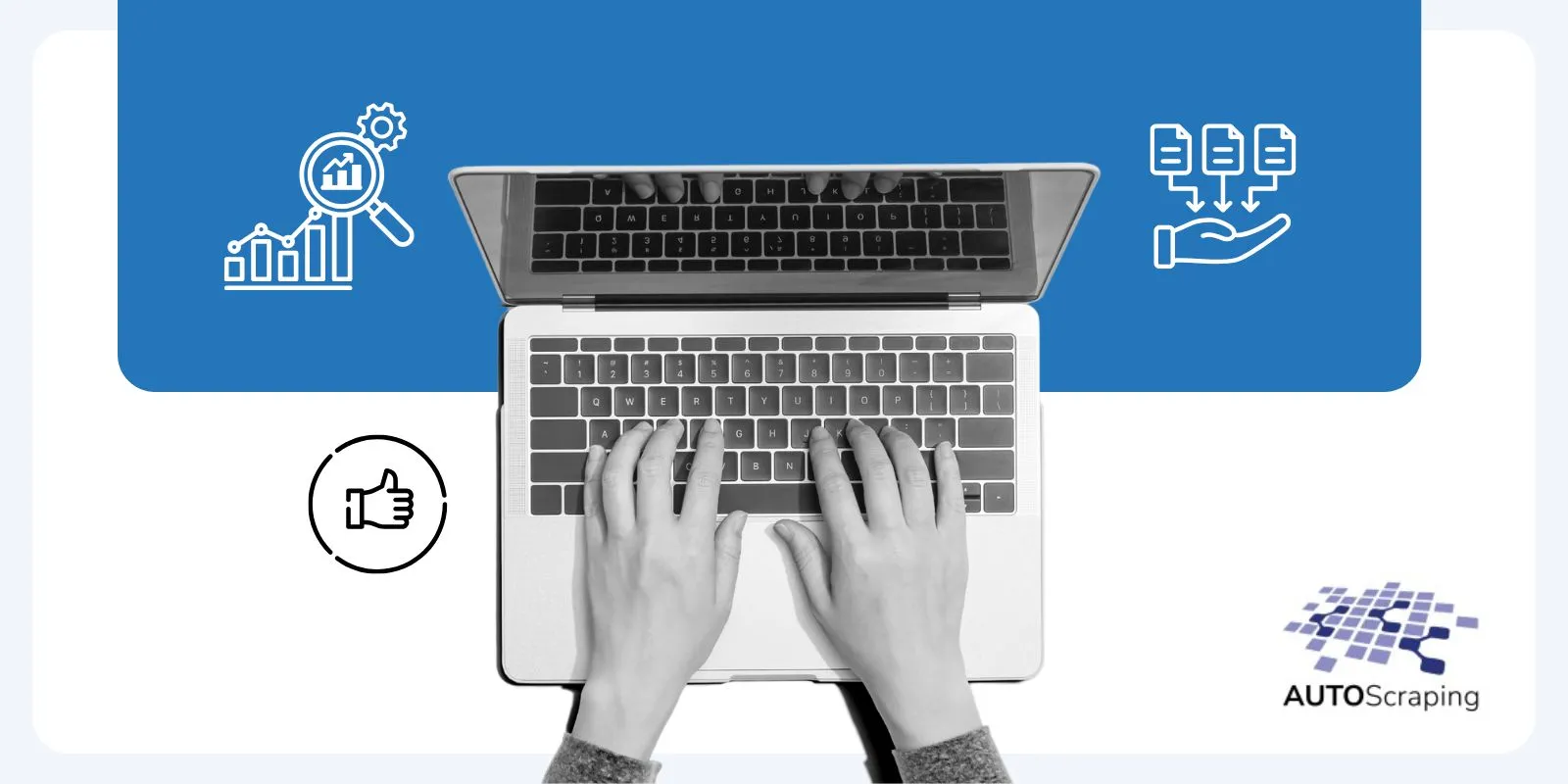Companies often struggle to extract meaningful information from large amounts of data. This problem can lead to missed opportunities and ineffective decision making.
Choosing the right method can have a significant impact on results, from improving analytics to increasing operational efficiency.
In this article, we will explain the different types of data extraction and help you understand their unique functions and applications.
By the end, you will have the knowledge you need to choose the extraction method that best suits your needs, enabling you to gain valuable insights and drive your business forward.
Types of Data Extraction
The main data extraction methods include web scraping, which automates data collection from websites, APIs that provide structured access to services, ETL processes that extract and transform database data, and OCR to convert images into usable data. The main data extraction methods include:
- Web Scraping: This method involves using scripts or specialized tools to automatically extract data from websites. It’s ideal for gathering large amounts of information in a structured format, especially when an API isn’t available.
- APIs (Application Programming Interfaces): APIs provide a direct and efficient way to access data from a service or platform.
Developers can use pre-defined functions to request specific data without manually interacting with the source.
- Manual Data Entry: This traditional method involves physically collecting and recording data from various sources. While it’s accurate for smaller datasets, it’s time-consuming and inefficient for large-scale operations.
- ETL (Extract, Transform, Load): This is a common method in data warehousing. Data is extracted from databases, transformed into a usable format (e.g., cleaned or aggregated), and then loaded into another system for analysis or reporting.
- OCR (Optical Character Recognition): OCR technology converts printed or handwritten text in images or scanned documents into machine-readable data. It’s widely used in digitizing documents, such as invoices or contracts, with a high degree of accuracy.
But you don’t have to use them. With our service we can help you. Automating the integration of web scraping and data extraction is easy. Our solutions are designed to handle everything from data collection to information generation.
By leveraging our advanced technologies and expertise in data extraction, AutoScraping empowers you to make informed decisions based on accurate and timely information.
We have A complete and scalable service,this includes the definition of the architectures and technologies to be used, providing solutions that are easy to maintain and scale.
Make the most of the information available on the web with our personalized web scraping service! Book a meeting.
How Can You Evaluate the Effectiveness of Each Data Extraction Method?
To evaluate the effectiveness of each data extraction method, consider speed, accuracy, scalability, cost-effectiveness, and complexity.
For example, web scraping is fast and scalable but may require technical expertise, while APIs provide real-time data with high accuracy. To evaluate the effectiveness of each data extraction method, consider the following criteria:
| Criteria | Web Scraping | APIs | Manual Data Entry | ETL | OCR |
| Speed | Fast for large-scale extraction | Fast, real-time access | Slow, especially for large data | Fast, optimized for databases | Moderate, depending on document size |
| Accuracy | High, but dependent on setup | Very high, directly from source | Prone to human error | High, with structured transformation | Moderate, depends on image quality |
| Scalability | Highly scalable with scripts | Highly scalable with minimal effort | Not scalable for large datasets | Very scalable for large databases | Limited scalability with document input |
| Cost-Effectiveness | Low cost for large volumes | Cost-effective for recurring data | High labor costs for large data | Cost-effective for structured data | Moderate, based on OCR tools |
| Complexity | High technical expertise required | Moderate, depends on API setup | Low technical requirement | High, requires technical setup | Low, simple to use |
| Data Freshness | Fresh if regularly updated | Real-time data | Outdated quickly | Real-time for batch processing | Variable, based on document dates |
Automate data extraction and save time on repetitive tasks!

How to Choose the Right Data Extraction Method for Your Business Needs?
When choosing the right data extraction method for your business needs, several factors should be considered:
- Data Volume: If your business handles large volumes of data, automated methods like web scraping or APIs are ideal for scaling efficiently.
- Cost and Resources: Automation reduces costs and labor-intensive processes. If you aim to minimize manual input, solutions like web scraping can save time and resources.
- Data Freshness: If you require up-to-date data in real time, APIs or regularly scheduled scraping provide the most current information.
- Technical Expertise: Evaluate the level of technical support your business has. Web scraping and API integration require more expertise but offer greater flexibility.
These characteristics align perfectly with the functionality of AutoScraping. Our solutions seamlessly handle data extraction, ensuring efficiency and precision. Additionally, let us walk you through the cycle of our software, designed to simplify your data management from collection to generation.
With AutoScraping, automating data extraction is easy. Our solutions are designed to handle everything from data collection to information generation.
Ensuring your business operates with accurate, up-to-date information. Whether you need to scale your operations or manage recurring data, we offer an efficient service, using cutting-edge technologies to bypass anti-bot systems and manage proxy infrastructure seamlessly.
By leveraging our advanced technologies and expertise in data extraction, AutoScraping empowers you to make informed decisions based on accurate and timely information.
How to Implement Data Extraction in Your Company?
Implementing data extraction in your company involves a systematic approach to ensure efficiency and accuracy. Here’s how you can do it:
| Step | Description |
| Identify Data Needs | Determine the specific data required for your business objectives, such as market trends or customer insights. |
| Choose the Right Method | Select an appropriate data extraction method (web scraping, APIs, ETL) based on data type and volume. |
| Set Up the Tools | Invest in tools or software that facilitate data extraction, such as AutoScraping for automation and efficiency. |
| Create a Data Management Plan | Develop a strategy for storing, organizing, and managing the extracted data, including format and access protocols. |
| Ensure Compliance | Stay informed about data privacy regulations (GDPR, CCPA) and ensure extraction methods comply with legal standards. |
| Test and Validate | Run test extractions to validate the accuracy and relevance of the data collected, making adjustments as needed. |
| Train Your Team | Provide training on using data extraction tools effectively to ensure maximized data usage. |
| Monitor and Optimize | Continuously monitor the extraction process and look for optimization opportunities in methods and tools. |
What Are the Advantages and Disadvantages of Popular Data Extraction Methods?
When considering data extraction methods, it’s essential to weigh the advantages and disadvantages of each approach. Understanding these factors can help you select the most suitable method for your business needs:
| Data Extraction Method | Advantages | Disadvantages |
| Web Scraping | – Automates data collection from multiple websites. – Can extract large volumes of data quickly. – Flexible; can adapt to various websites. | – Legal risks if terms of service are violated. – Maintenance required due to website changes. – Potential IP blocking if not managed properly. |
| APIs | – Reliable and consistent data access. – Often provides structured data directly. – Less prone to legal issues compared to scraping. | – Limited to what the API allows; may not provide all needed data. – Rate limits can restrict the volume of data extracted. – Dependency on the service provider’s uptime. |
| Manual Data Entry | – High accuracy when performed by trained personnel. – Useful for small datasets or one-time tasks. | – Time-consuming and labor-intensive. – Prone to human error. – Not scalable for large volumes of data. |
| ETL (Extract, Transform, Load) | – Comprehensive method for integrating data from multiple sources. – Ensures data is cleaned and transformed before loading. – Suitable for large datasets. | – Requires significant resources and time for setup. – Complexity in maintenance and updates. – High costs associated with ETL tools. |
| OCR (Optical Character Recognition) | – Converts physical documents into digital format. – Enables data extraction from scanned documents. – Useful for archival purposes. | – Accuracy can be affected by the quality of scanned documents. – May require manual verification. – Processing time can be significant for large volumes. |
Recommended Lecture: The best Data Extraction Strategy in 2024
FAQS: Types of Data Extraction
What are the different types of data extraction?
Types include web scraping, API extraction, manual data entry, ETL processes, and OCR.
How to extract business data?
Identify data sources, choose a suitable extraction method, and utilize tools or scripts to automate the process.
What is a data extraction strategy?
A data extraction strategy outlines the approach and tools used to collect, process, and utilize data effectively for business goals.

